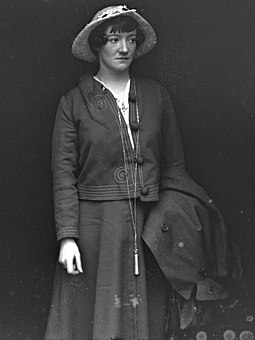
The answer is a resounding “Yes!” You just never know until you start diving into a piece how much you can find out. Such is the case here–I’ve had quite a time finding out about the tragic love story of the Irishman Joseph Mary Plunkett and his beloved Grace Gifford. It’s hard to know even where to start, but here goes:
You may have looked at Joseph’s full name and questioned why his middle name is “Mary.” Was that his mother’s name, perhaps, and he had no sisters to carry it on? No. It was a symbol of his deep Roman Catholic faith and his devotion to the Virgin Mary. (I’m assuming that he added the name himself.) Plunkett seems at first glance to be a contradictory figure in Irish history, combining religious mysticism and hard-headed military abilities. In reality, though, Ireland’s desire to be an independent country and not under Protestant English rule stemmed at least in part from its loyalty to Catholicism. So Plunkett could help plan a violent bloody uprising against the British government and see it as a profoundly moral cause, which is exactly what he did with his fellow Irish revolutionaries in the spring of 1916 for an event known as the “Easter Uprising” because it started in Dublin on the Monday after Easter. “Wait!” you might say, “1916? World War I is going on at the same time. How did anyone have spare energy for carrying out a revolution?” Good question. In reality, at least part of the reason for this specific rebellion was that it was seen as a way for Irish men to escape conscription into the British army to fight in that war, since they certainly had no great loyalty towards England.
